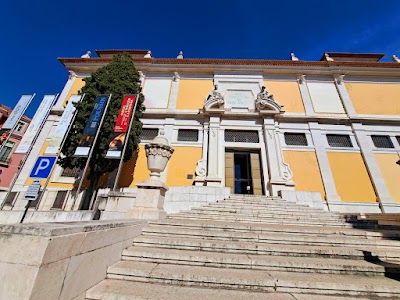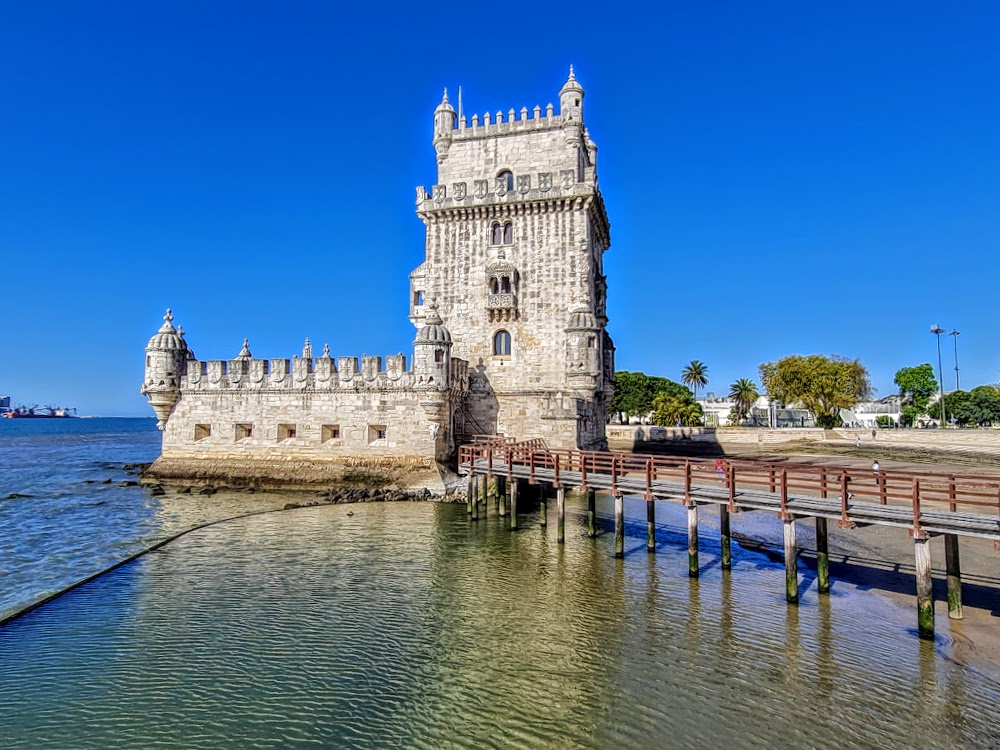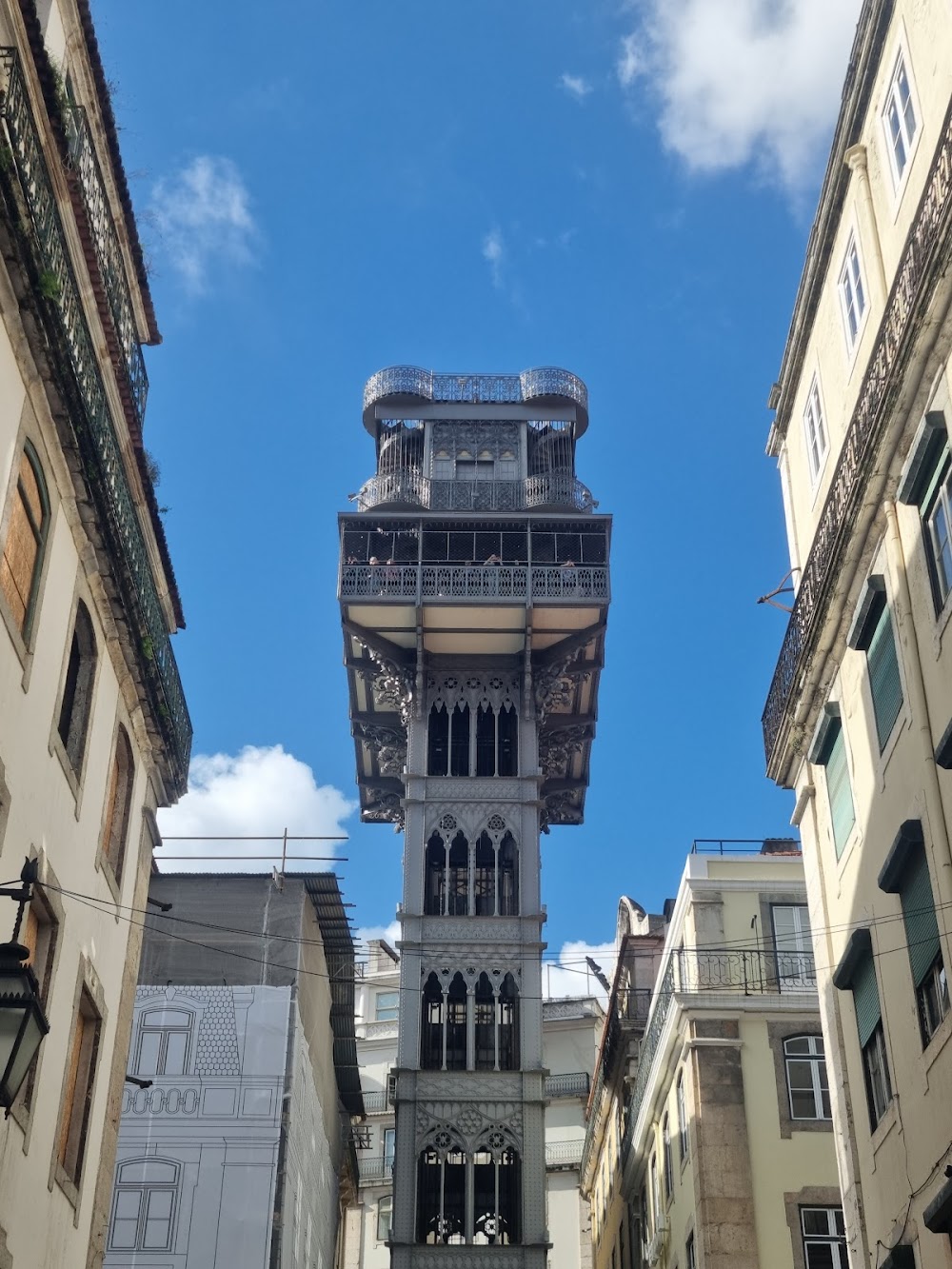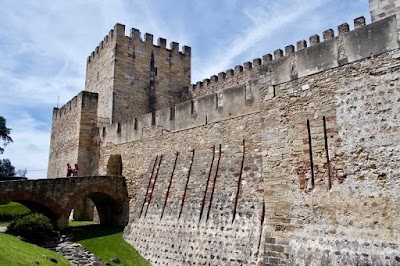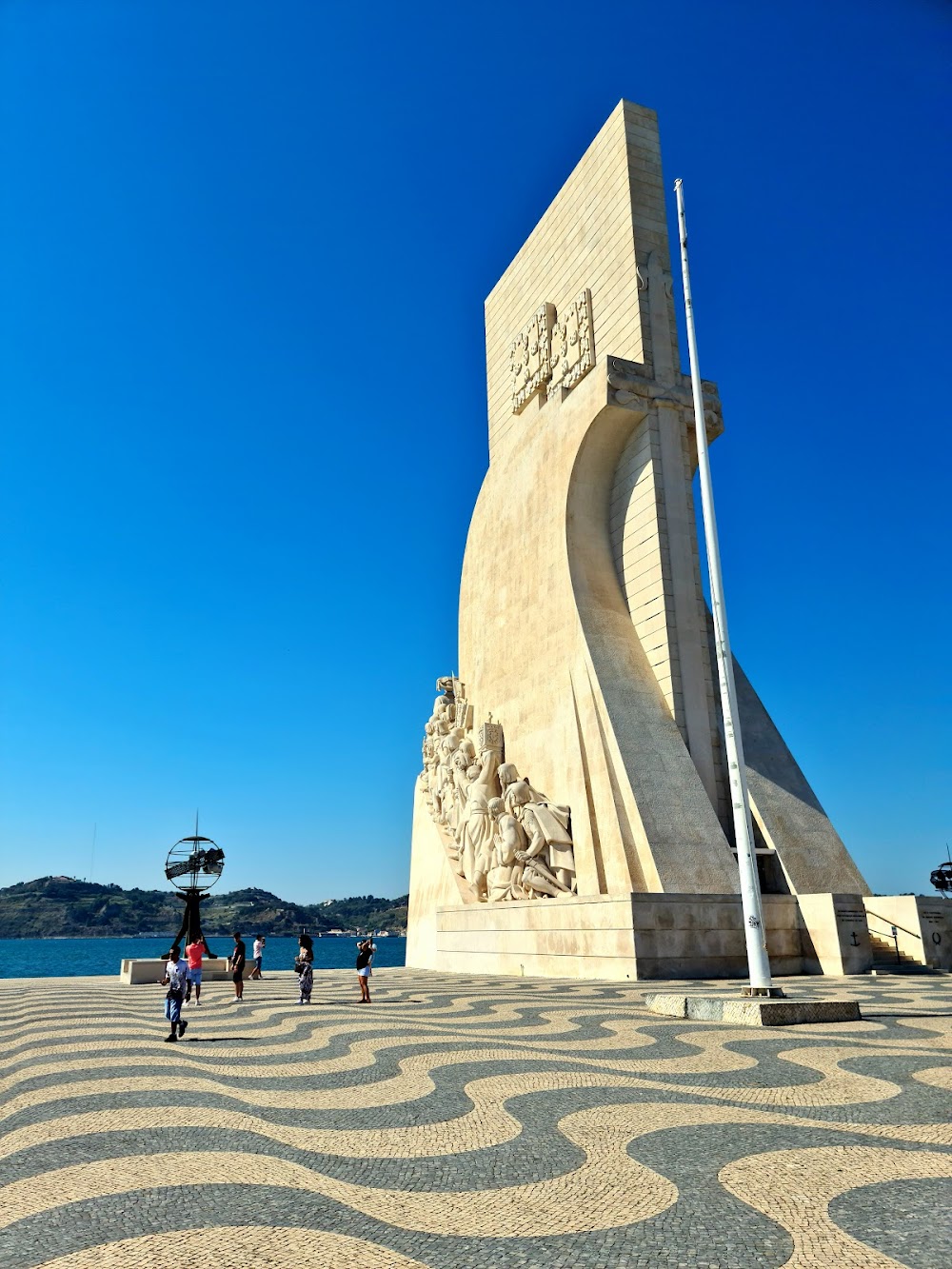National Museum of Ancient Art (Museu Nacional de Arte Antiga)
Overview
The National Museum of Ancient Art, or Museu Nacional de Arte Antiga, is one of Lisbon's premier cultural attractions, making it an essential stop for art lovers and history enthusiasts alike. This iconic museum boasts an extraordinary collection that spans several centuries, offering a comprehensive glimpse into the rich tapestry of Portuguese and European art.
Housed in the stunning 17th-century Palácio de Alvor-Pombal, the museum itself is a marvel of architecture that whisks visitors back to a regal era of Portuguese history. Once the residence of the counts of Alvor, the palace later became the property of the Marquis of Pombal, a pivotal figure in the reconstruction of Lisbon following the catastrophic 1755 earthquake. This historical backdrop adds a unique charm and depth to the art collection, enriching the visitor experience.
The museum's collection is both vast and diverse, featuring artworks from the Middle Ages to the early 19th century. Among its many treasures, the collection highlights Portuguese paintings, sculptures, textiles, and decorative arts. A true gem is the "Veneration of St. Vincent", a 15th-century polyptych by Nuno Gonçalves, celebrated for its intricate details and historical significance. Another fascinating piece is Hieronymus Bosch's "Temptation of St. Anthony," known for its imaginative and surreal portrayal of temptation and sin.
In addition to Portuguese masterpieces, the museum showcases significant works from international artists, including Albrecht Dürer, Raphael, Piero della Francesca, and Hans Holbein. This assortment provides a compelling overview of European artistic evolution. The decorative arts collection is equally noteworthy, featuring exquisite Chinese porcelain, intricate tapestries, and opulent furniture that reflect the global trading connections established by Portuguese explorers during the Age of Discoveries.
One of the museum's most captivating sections is its collection of sacred art, which includes beautifully crafted religious artifacts, paintings, and sculptures. These works illuminate the religious and cultural contexts of their times, with intricately carved ivory pieces from the Indo-Portuguese era often capturing visitors' attention. This collection serves as a testament to the cross-cultural exchanges that have shaped Portugal's rich history.
The National Museum of Ancient Art prioritizes visitor engagement, offering audio guides in multiple languages to enhance the experience for international tourists. Regularly updated exhibitions and educational programs further enrich the museum’s offerings, transforming it from a static repository of art into a dynamic institution committed to promoting historical knowledge and cultural appreciation.
A delightful surprise awaits in the museum's stunning garden, which provides breathtaking views of the Tagus River. This serene oasis serves as the perfect spot to unwind after exploring the museum's extensive collection, allowing visitors to reflect on the art and history they have experienced against the backdrop of a picturesque landscape.
Additionally, the museum is home to a unique collection of "ex-votos," offerings made by pilgrims in gratitude for divine favors. These small paintings and sculptures offer personal narratives of devotion and gratitude, adding a deeply human element to the museum's collection.
In conclusion, the National Museum of Ancient Art in Lisbon is a veritable treasure trove of historical and artistic wonders. It invites visitors on an immersive journey through centuries of art and history, all within the beautifully preserved walls of a historic building. Whether you're an art aficionado, a history buff, or simply a curious traveler, a visit to this museum promises to be enlightening and inspiring. With its impressive collection, educational resources, and stunning location, it stands out as a must-visit attraction in the vibrant city of Lisbon.


